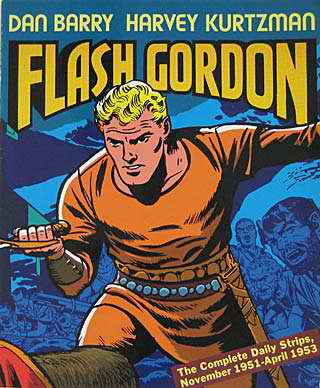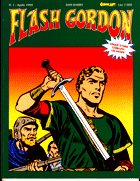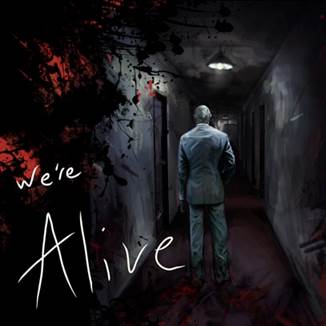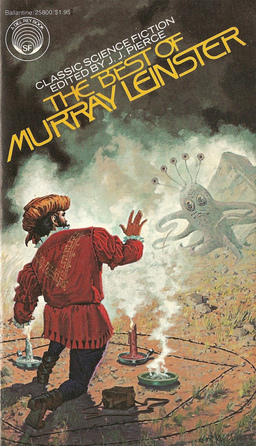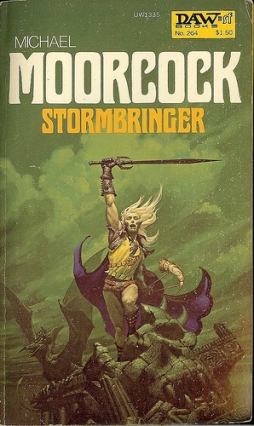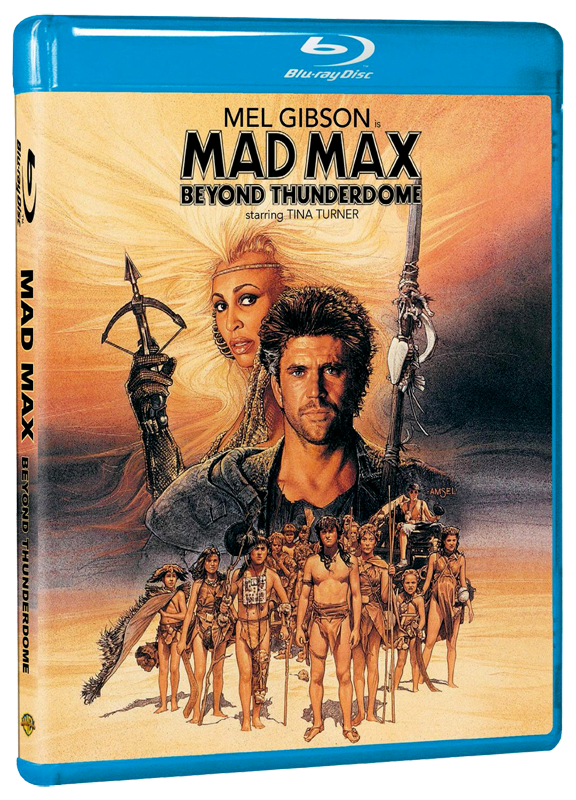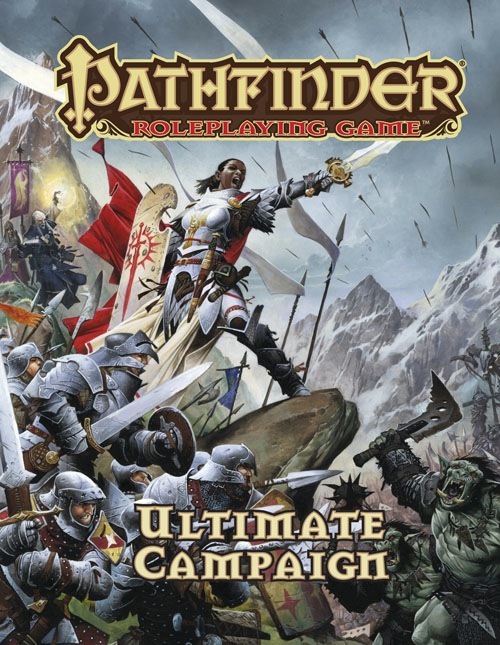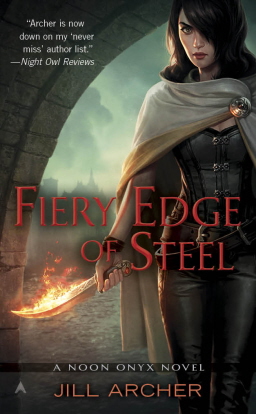Did I Do That? Or, We’ve Had the Sword, Where’s the Sorcery?
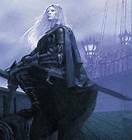 A while ago, when I started writing these posts, I talked about how to put the sword in Sword and Sorcery, and while doing my latest posts on the Fantasy and SF hero, it struck me that, in a way, I was still really talking about the sword. Maybe it’s time to talk about the sorcery.
A while ago, when I started writing these posts, I talked about how to put the sword in Sword and Sorcery, and while doing my latest posts on the Fantasy and SF hero, it struck me that, in a way, I was still really talking about the sword. Maybe it’s time to talk about the sorcery.
This is not to say that our heroes can’t be wielding some kind of magic at the same time they’re wielding swords – but that’s not the way things started out. Most of the early heroes of the genre that we’re familiar with, Conan, for example, and yes, even Fafhrd and the Grey Mouser, weren’t magic users. In fact, many of these early heroes were fighting against those who were. Sorcerers were often seen as the enemy, or, at best, as very gingerly tolerated allies.
Along came some notable exceptions to this idea, particularly Michael Moorcock’s Elric of Melniboné, and, someone I mentioned last week, Roger Zelazny’s Dilvish the Damned. But these two, we might argue, are representatives of the “New Wave” in Fantasy, which in part introduced the concept of the more complex, multidimensional, anti-hero. They also fall into a special category of sorcerer, in that they’re at least partially magical beings, not humans. Which brings us to the first major subdivision of sorcery or magic that any writer in our genre has to consider: Is the magic internal, or external? Does it come from within, or without?
